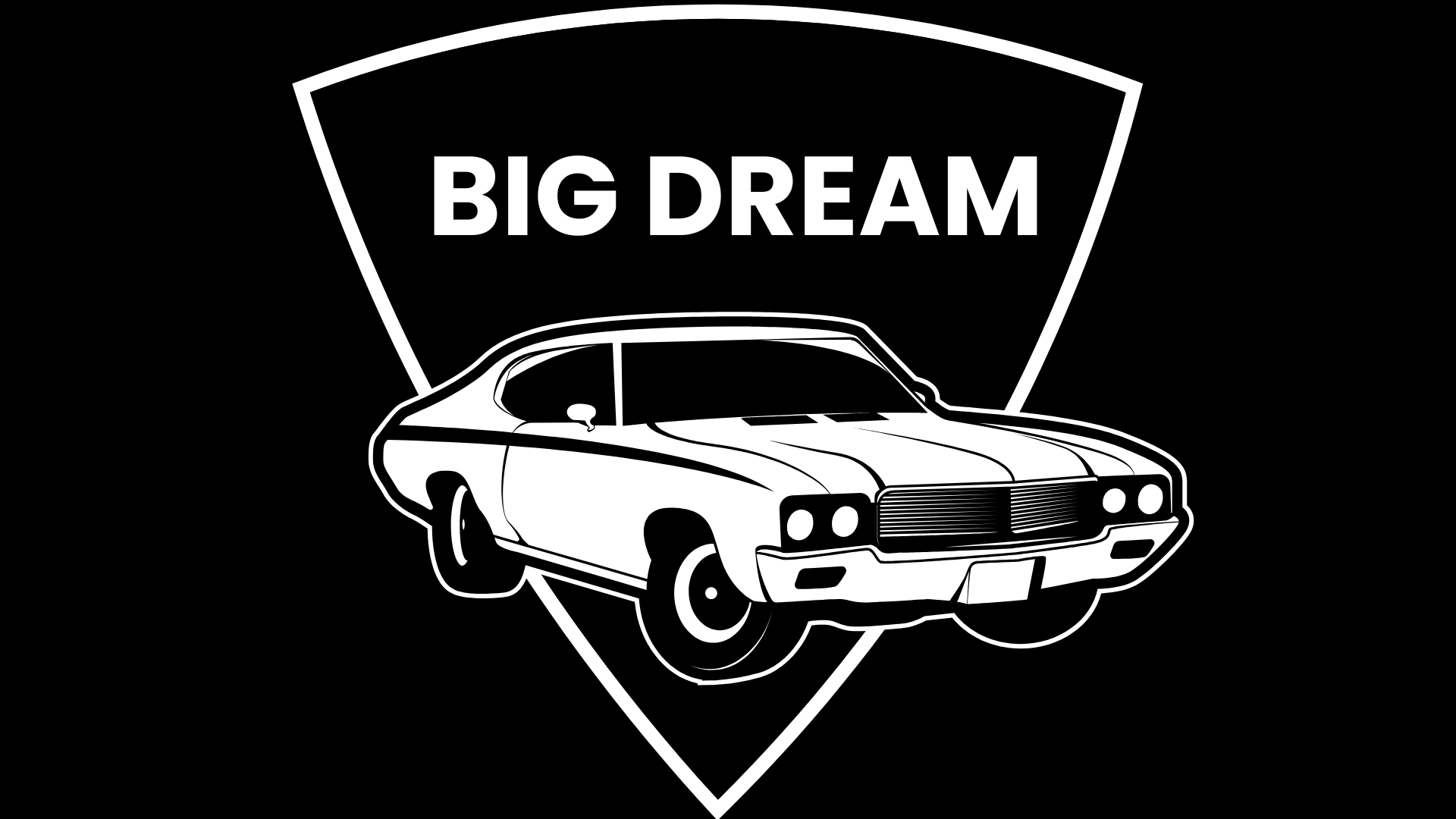Introduction
the electric vehicle (EV) industry is on the cusp of transformation. What seemed like a niche alternative a decade ago has now become a mainstream solution, driven by both environmental concerns and technological advances. The next few years promise to reshape how we think about driving, energy consumption, and even urban planning. Here’s a look at what we can expect from electric cars in 2025 and beyond.
1. Wider Adoption and Mainstream Appeal
By 2025, electric cars are set to be more accessible than ever. With the global push toward sustainability and carbon reduction, governments are rolling out incentives, tax credits, and stricter emissions standards to accelerate EV adoption. Auto manufacturers are responding by ramping up production, with many companies aiming for fully electric fleets in the next decade. Major players like Tesla, Ford, and Volkswagen are not just continuing their electric car offerings but expanding them into various segments, including affordable mass-market vehicles, sports cars, and even electric trucks.
In 2025, electric cars will no longer be an exception but the rule. Expect a diverse range of options that cater to every market segment—from urban commuters to luxury buyers to families in need of larger, more spacious vehicles.
2. Improved Battery Technology
One of the most exciting developments in the EV sector is the rapid evolution of battery technology. By 2025, expect batteries that are not only lighter and more energy-dense but also cheaper to produce. Solid-state batteries, which promise higher energy density, faster charging times, and improved safety, could start making their way into production models. This will extend the driving range of electric cars significantly, with some models potentially offering over 500 miles on a single charge.
Battery recycling will also become a major part of the sustainability conversation. As EV adoption increases, the demand for materials like lithium, cobalt, and nickel will grow, making battery recycling essential. By 2025, recycling processes will likely improve, making it easier to reuse valuable materials and reduce the environmental impact of battery production.
3. Faster Charging Networks and Wireless Charging
One of the biggest hurdles for EV adoption has been charging infrastructure. However, by 2025, the charging landscape is poised to look very different. Expect ultra-fast charging stations that can replenish a car’s battery in less than 20 minutes, drastically reducing the time spent waiting for a charge. These fast chargers will be widely distributed across cities, highways, and public spaces, ensuring that long road trips are as hassle-free as possible.
In addition to fast charging, wireless charging technology could become a reality by 2025. Imagine simply parking your car over a charging pad, eliminating the need for plugging in. This wireless charging system, which uses electromagnetic fields to transfer energy, could become a standard feature in homes, workplaces, and public spaces.
4. Enhanced Autonomous Driving Capabilities
Autonomous driving technology is progressing rapidly, and by 2025, many electric cars will feature semi-autonomous or fully autonomous capabilities. EVs will integrate advanced sensors, AI, and machine learning to drive themselves in various conditions, taking over many of the tasks currently handled by human drivers. This technology could revolutionize not just the experience of driving but also urban mobility and the design of our cities.
Cars could become fully integrated into a connected ecosystem, offering new levels of convenience and safety. Imagine a vehicle that can communicate with smart infrastructure, adjusting to traffic signals, road conditions, and even pedestrian activity in real-time to optimize driving.
5. Sustainability Beyond the Battery
While much attention is given to the battery, other parts of the EV will also see improvements in terms of sustainability. Manufacturers will increasingly use recycled materials in vehicle construction, from interior fabrics to the frame. The focus will also shift toward circular manufacturing processes where cars are designed to be easily disassembled and recycled at the end of their life cycle.
Moreover, automakers will focus on reducing the carbon footprint of their factories and production processes. Many major EV producers have already committed to running their plants with renewable energy, and by 2025, it’s likely that more will follow suit.
6. Increased Integration with Renewable Energy Sources
By 2025, the integration of EVs with renewable energy sources like solar and wind power will be more seamless than ever. Many EV owners will have solar panels installed at home, allowing them to charge their cars using clean energy from the sun. In fact, some electric cars will be able to act as power sources for homes, feeding energy back into the grid during peak demand times, thanks to vehicle-to-grid (V2G) technology.
This integration of electric cars with renewable energy can help balance grid load, reduce reliance on fossil fuels, and create a more sustainable future for transportation. As the grid becomes more decentralized and smart, the EV will play an essential role in ensuring energy security and stability.
7. The Role of Electric Trucks and Commercial Fleets
Electric cars aren’t the only vehicles making the leap to electric power. By 2025, expect significant growth in the electric truck and commercial fleet market. Companies like Rivian, Tesla, and others are developing all-electric trucks designed to handle long hauls with the same power and efficiency as their internal combustion counterparts. These trucks are expected to lower emissions from the freight industry, which accounts for a significant portion of global carbon output.
Additionally, delivery services like Amazon and FedEx are already planning large-scale transitions to electric vehicles for their fleets. With advancements in battery technology and the expansion of charging networks, electric trucks will become more commonplace on the road, signaling a new era for the logistics industry.

